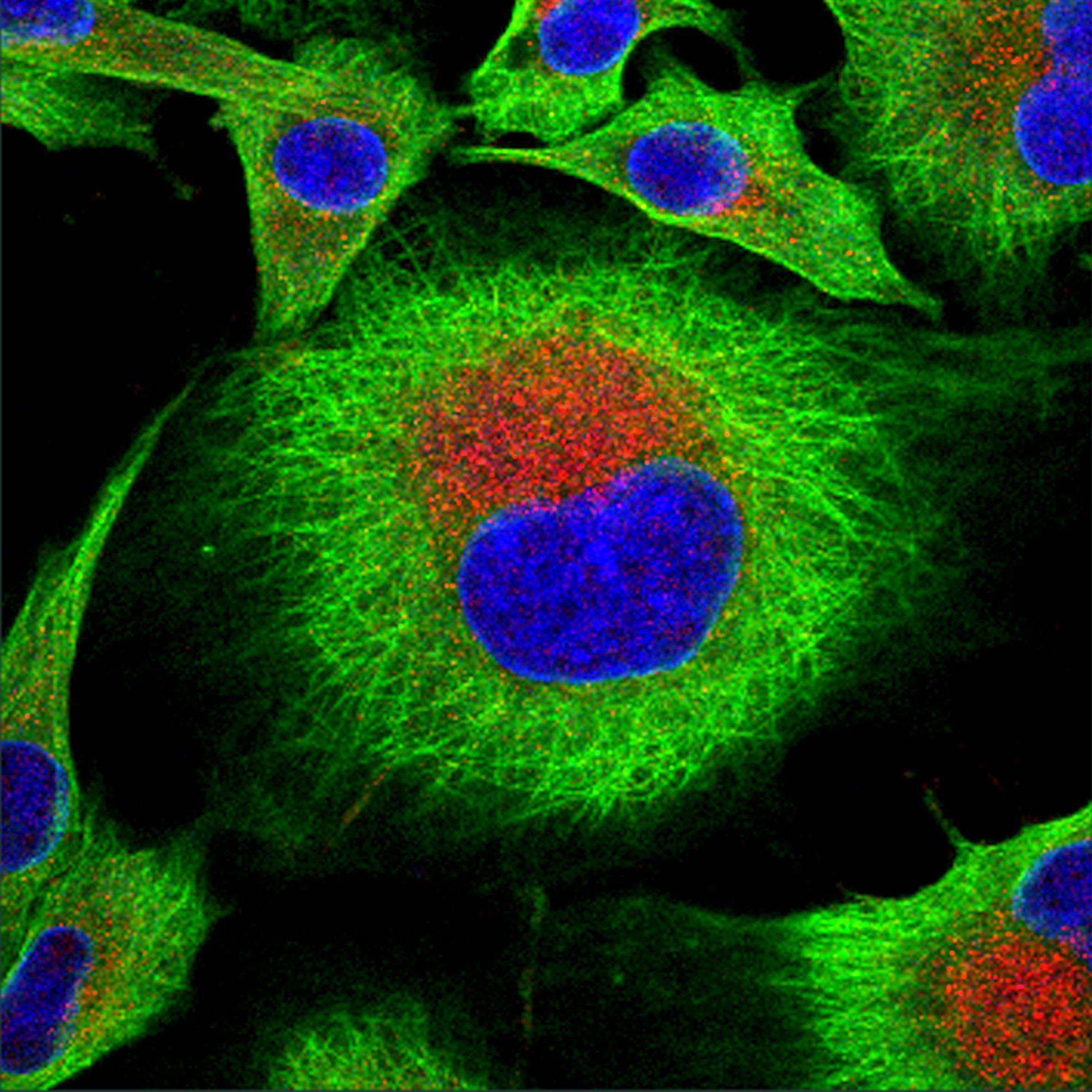Experimental acute infection of alpacas with bovine viral diarrhea virus 1 subgenotype b alters peripheral blood and GALT leukocyte subsets
Bovine viral diarrhea virus (BVDV) is a pathogen in cattle and alpacas ( Vicugna pacos), causing acute and persistent BVDV infections. We characterized the effect of acute BVDV infection on the immune system of alpacas by determining lymphocyte subpopulations in peripheral blood and gut-associated lymphoid tissues (GALT) as well as serum interferon levels. Alpacas were experimentally infected with BVDV-1b (strain CO-06). Peripheral blood leukocytes were isolated at 0, 3, 6, and 9 d postinfection (dpi), and leukocytes of GALT at 9 dpi, and evaluated using flow cytometry. Serum interferon levels were determined daily. Flow cytometric analyses of peripheral blood leukocytes showed a significant decrease in CD4+, CD8+, and alphabeta T-lymphocytes at 3 dpi. CD8+ lymphocytes were significantly increased, and activated lymphocytes were significantly decreased in the C3-stomach region in BVDV-infected alpacas. Serum interferon concentrations significantly increased in BVDV-infected alpacas at 3-6 dpi, peaking at 3 dpi. Our study confirms that BVDV can be a primary acute pathogen in alpacas and that it induces an interferon response and alters leukocyte subset populations. The changes in the proportion of T-lymphocytes during the early stages of BVDV infection may result in transient immunosuppression that may contribute to secondary bacterial and viral infections, similar to cattle.
